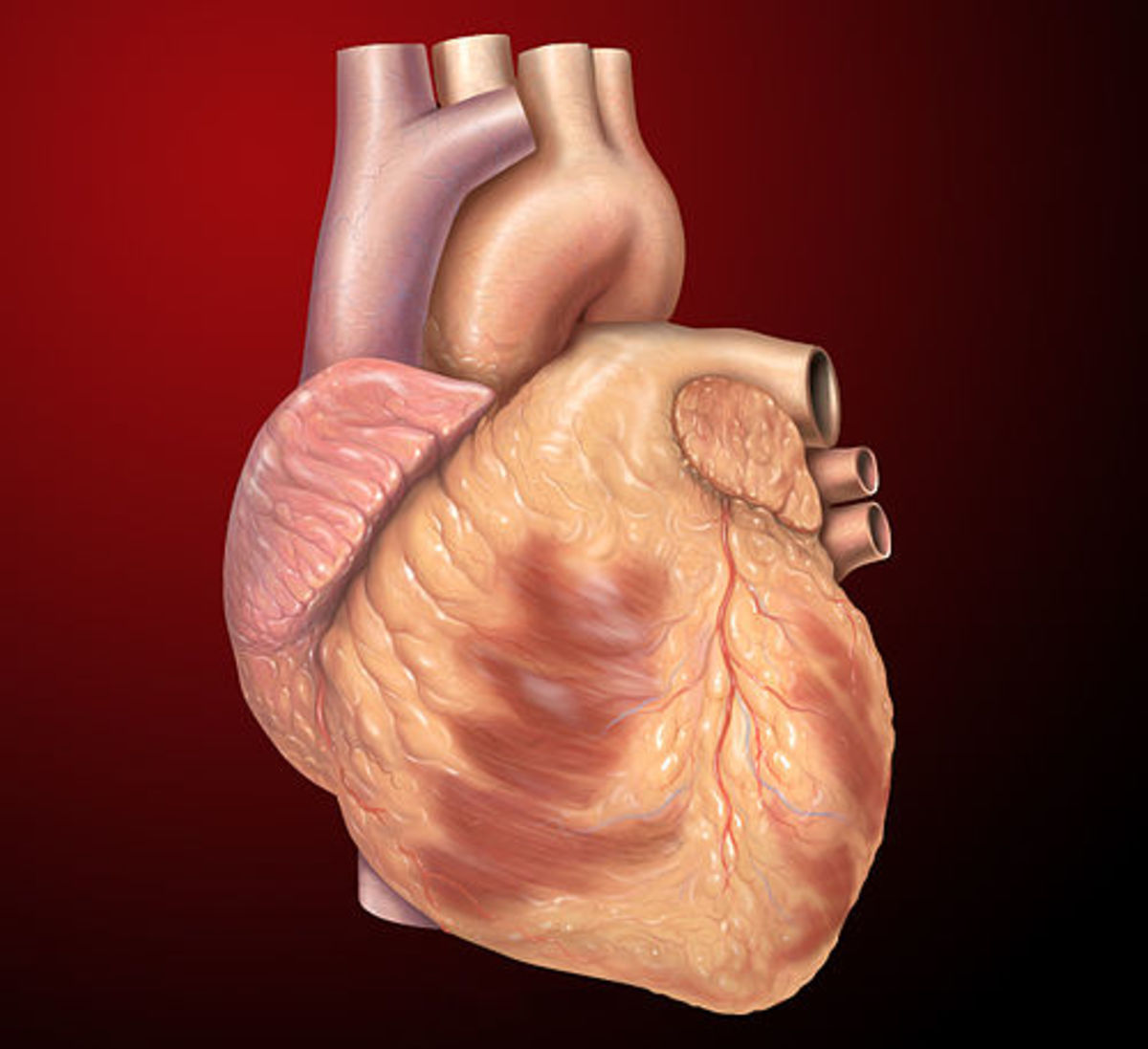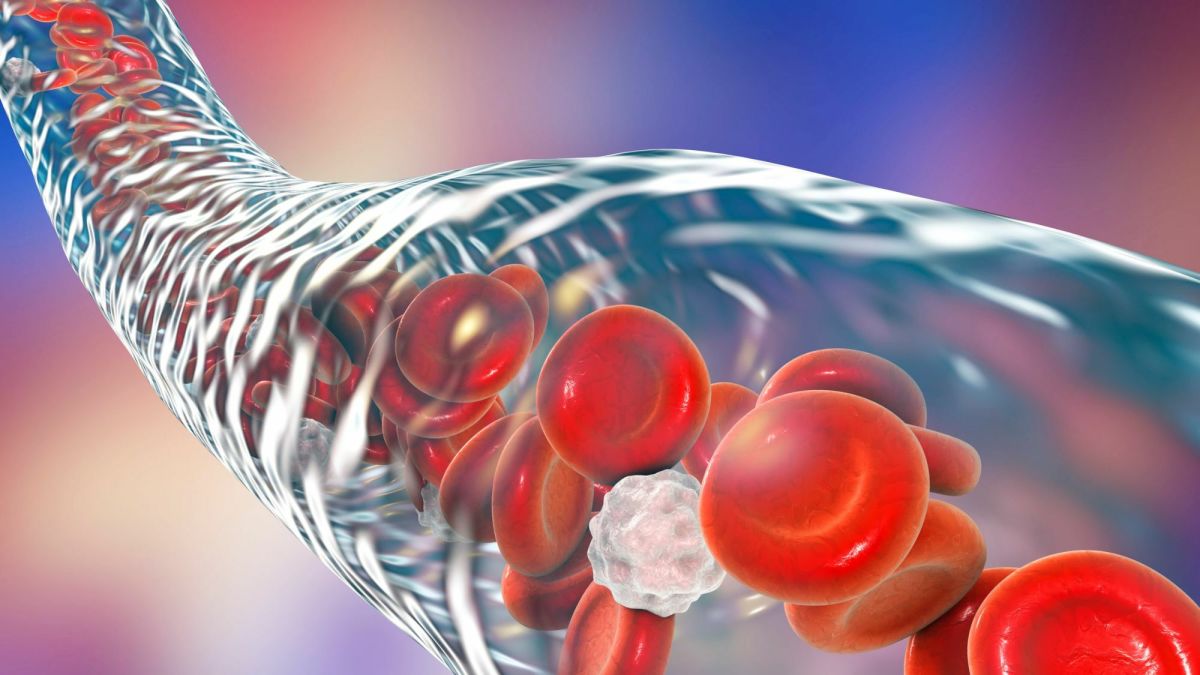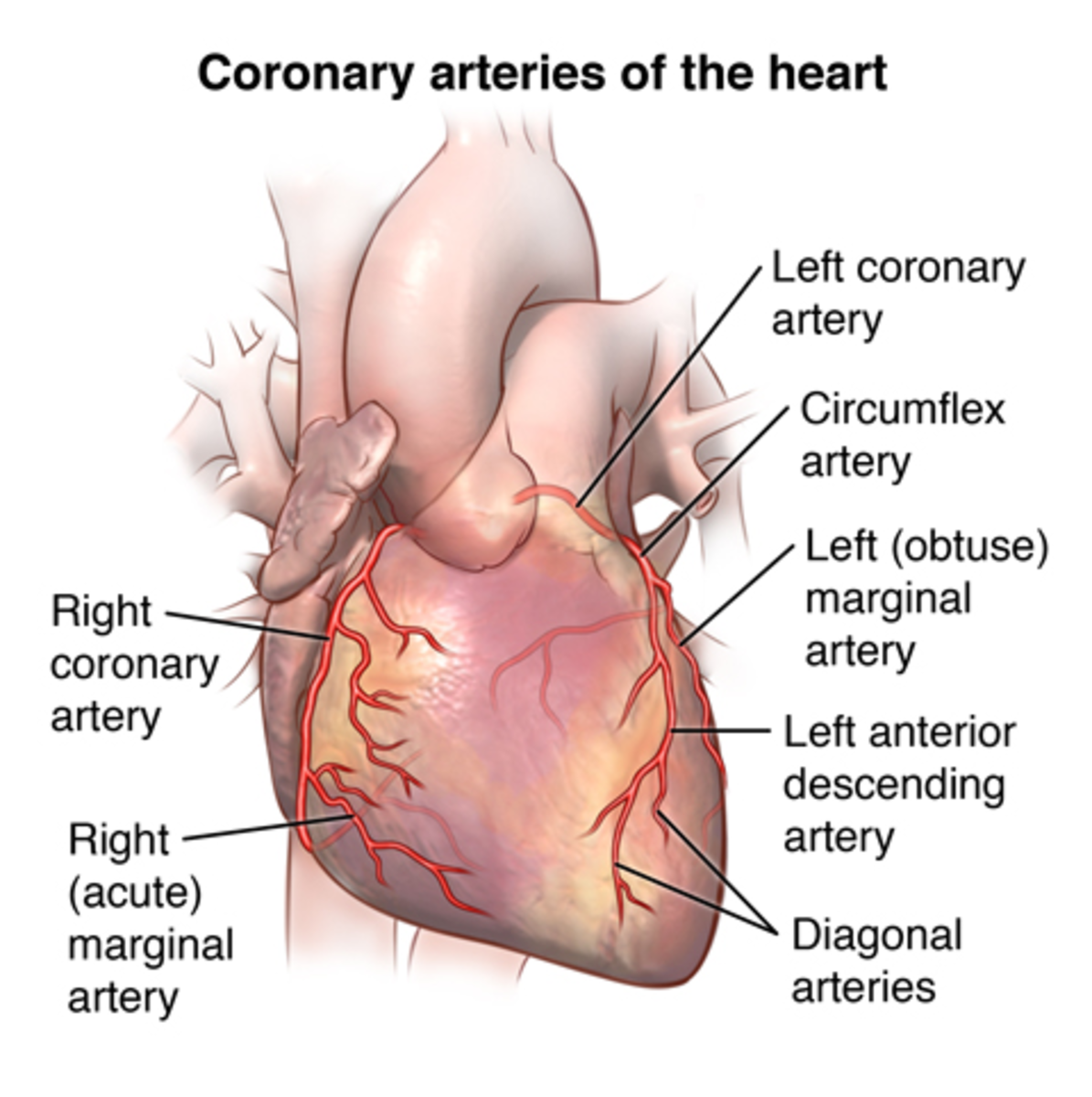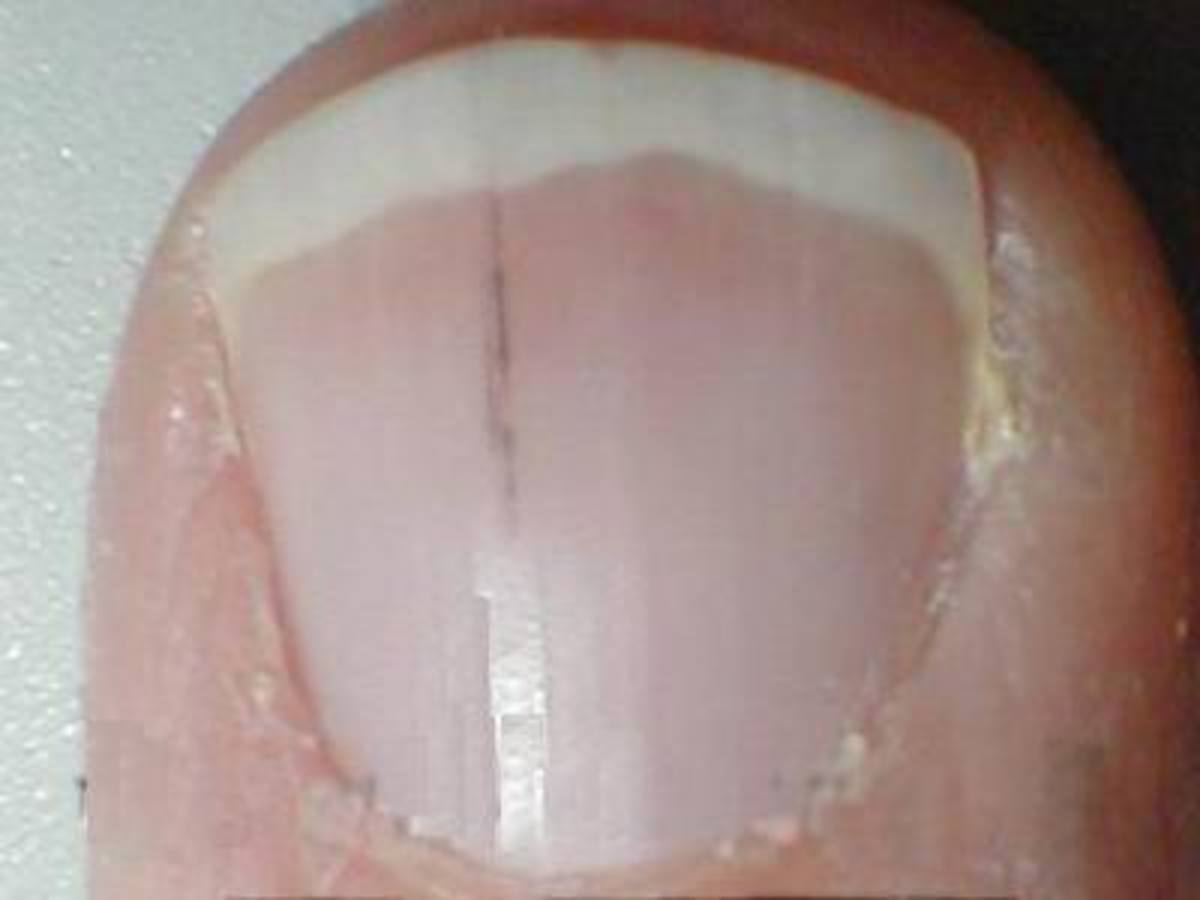The Effect of Smoking on the Heart
Smoking is a stupid, suicidal habit with absolutely nothing to commend it. It not only puts you at high risk of a heart attack, it gives you chronic bronchitis and emphysema, and increases your chances of cancers of the lung, the kidney, and bladder. It can destroy the delicate blood vessels in your legs, so that you can be left with gangrene and amputations, and it will raise your blood pressure, making you more susceptible to strokes.
It gives people a sallow, unhealthy look, and wrinkles. By the time they are 40, women smokers look ten years older than their non-smoking sisters. By 60, many of them are already dead. Cancer of the lung and heart attacks, both of them directly due to their smoking habit, cause far more early deaths in women than anything else.
Virtually all adult smokers started the habit as teenagers, when they were far too immature to think about the long-term consequences. If you are a non-smoker at 20 it is odds on that you will remain so for the rest of your life; by this time most people have learned sense.
The first cigarette makes you nauseated, dizzy and ill, as the poisons in the smoke enter the brain. New smokers have to be persuaded to continue by their tobacco-addicted colleagues - one of the signs of true addicts is that they want to 'switch on' their friends. Within days, the drug addiction takes hold. Now they feel unwell when they do not have a smoke, because the withdrawal symptoms take over. From then on, it is downhill all the way. No matter how strong the smoker's will, after a few years, he or she will be smoking between 20 and 60 a day.
Just imagine if cigarettes were new: that someone were now to come to the market for the first time with a product with such effects! No food or drugs authority in the world would entertain them. They might even be prosecuted for deliberately trying to damage the nation's health.
To a doctor like myself, who has had to comfort so many families in which smoking has directly led to the deaths of men and women in their 40s and 50s, it is frankly incredible that anyone should wish to light up a single cigarette. The very fact that smoking has been so much more important than life itself for people is unbelievable - yet around 40 per cent of the population still smoke.
How, exactly, does smoking harm the heart? Tobacco smoke contains carbon monoxide and nicotine. The first is a gas that poisons the red blood cells, so that they cannot deliver the oxygen the heart needs. It also poisons the heart muscle, so that it cannot beat properly. It is the gas that used to kill people in ovens fuelled by coal gas, and is the gas which still kills suicides who use car exhausts.
Nicotine stimulates the body to make adrenaline, which makes the heart beat faster: this puts extra strain on it, especially if it is already affected by carbon monoxide. It also causes the coronary arteries to narrow, so that the blood flow through them slows down. It raises the blood sugar and blood fat levels, thickening the blood and promoting atheroma.
Both nicotine and carbon monoxide encourage the blood to clot, which multiplies the risk even more. Not only that, there is good - evidence that years of smoking directly damage the walls of the small blood vessels, and accelerates the progress of atheroma. Carbon monoxide-affected red blood cells are also stiffened, so that they cannot pass smoothly through the smallest blood vessels.
Add to that the tars that smoking deposits in the lungs, which further reduce the ability of red blood cells to carry the vital oxygen, and the scars in the lungs that make it more difficult to breathe, and you have a multiple formula for disaster.
- Surgical Treatment of Angina
Angioplasty and bypass surgery have for the first time given doctors the opportunity to do something concrete about the supply, rather than the demand, side of the angina equation. The aim of both... - Rehabilitation for Heart Attack
The key to bringing 'heart' patients back to normal life, therefore, is rehabilitation, both physical and mental. The process should start in hospital, where you are encouraged to be mobile as early after the...








